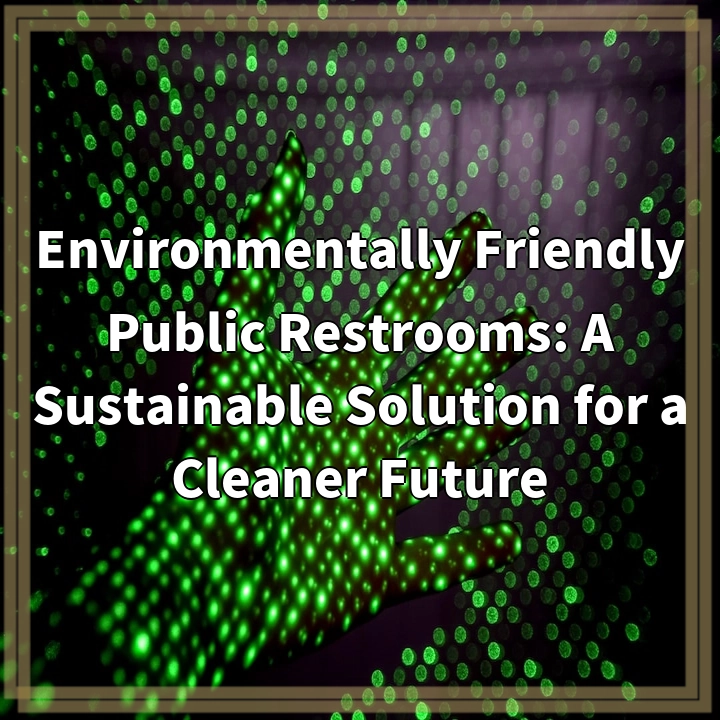
What it is:
Environmentally friendly public restrooms are designed to minimize their impact on the environment and promote sustainability. These restrooms incorporate various features and technologies that reduce water and energy consumption, minimize waste generation, and enhance overall sustainability. They are an innovative approach to tackling environmental issues associated with conventional public restrooms.
Real-world problems:
Conventional public restrooms pose several environmental challenges that need to be addressed. Here are some of the key problems:
Water wastage:
Traditional public restrooms often use excessive amounts of water, leading to wastage. Flushing toilets, running faucets, and inefficient urinals contribute to the unnecessary consumption of water. This is a grave concern, especially in regions facing water scarcity or where water resources need to be conserved.
Energy consumption:
Public restrooms consume a substantial amount of energy due to the operation of heating, ventilation, and air conditioning (HVAC) systems, lighting, and other electrical devices. The energy required to maintain comfortable restroom conditions can be significant, contributing to carbon emissions and environmental degradation.
Waste generation:
Traditional public restrooms generate a considerable amount of waste, primarily in the form of toilet paper and paper towels. Improper waste management practices often result in these waste materials going to landfills, where they contribute to greenhouse gas emissions and pollution. Additionally, excessive use of disposable products adds to the overall waste problem.
Chemical usage:
The use of harsh cleaning chemicals in conventional public restrooms is not only harmful to the environment but also poses health risks to restroom users. These chemicals can contaminate water sources and negatively impact ecosystems. Finding alternative, environmentally friendly cleaning products and practices is crucial.
Lack of accessibility:
Many public restrooms fail to meet the needs of individuals with disabilities or special requirements. Creating environmentally friendly restrooms that are also accessible to all is a challenge that needs to be addressed to ensure equality and inclusion for everyone.
By addressing these real-world problems, environmentally friendly public restrooms offer a sustainable solution that helps conserve resources, reduce waste, and create more accessible and inclusive spaces.

Solutions for Environmentally Friendly Public Restrooms:
Water-saving technologies:
Implementing water-saving technologies such as low-flow toilets, waterless urinals, and sensor-activated faucets can significantly reduce water consumption in public restrooms. These technologies help conserve water resources without compromising hygiene and comfort.
Energy-efficient design:
Incorporating energy-efficient lighting, HVAC systems, and smart controls can help minimize energy consumption in public restrooms. LED lights, motion sensors, and programmable thermostats can contribute to significant energy savings and reduce the environmental impact.
Waste reduction strategies:
Promoting the use of hand dryers instead of paper towels, installing waste separation bins for recycling, and encouraging the use of biodegradable or compostable restroom products can effectively reduce waste generation in public restrooms. Proper waste management practices, including recycling and proper disposal, are essential.
Environmentally friendly cleaning practices:
Choosing eco-friendly cleaning products that are non-toxic and biodegradable can help minimize harmful chemical usage in public restrooms. Implementing regular cleaning schedules, training janitorial staff on sustainable cleaning practices, and utilizing microfiber cleaning materials can also contribute to a greener and healthier restroom environment.
Universal accessibility:
Ensuring that environmentally friendly public restrooms are designed to meet the accessibility needs of all individuals, including those with disabilities, is crucial. Installing accessible facilities such as grab bars, ramps, and spacious stalls will provide equal restroom access for everyone.
By implementing these solutions, environmentally friendly public restrooms can promote sustainability, conserve resources, reduce waste, and create inclusive and accessible spaces for all.















